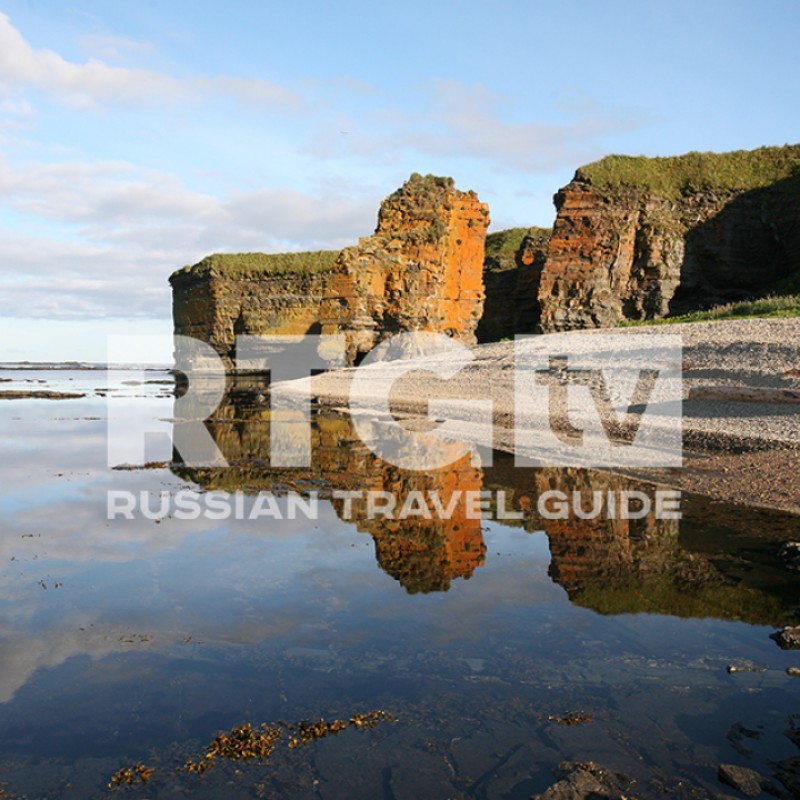
Ethnography
Ethnography
Yıl 2010
Zaman 00:24:52
The exact origin of the Cossacks remains unknown. To the end of 14th century two large groups were scattered in the Lower Don and Dnieper. With the lapse of time a huge number of migrants from Moscow and Lithuanian Princedoms joined them. Th the beginning of the 16th century both groups turned into large free forces. That was after the victory in the Russo-Turkish War with the brave participation of Cossacks from Zaporozhskaya Syech when Russia has strengthen its territorial ascendancy over South Boundaries. Russia annexed Kuban in the year 1784. These were fertile thinly populated lands. It was important strategic borderline. The Empress Catherine II offered the ataman* Anton Golovatyj to move his army to Kuban. This is how the history of Kuban Cossacks started. The contemporary Cossacks take tender care of their history and maintain cherished traditions. They wear Circassian coats** and are good judges of checkers and ride. And the ataman still has the final. Children are brought up in Cossacks spirit, the major principle are adherence to faith and service to fatherland. *Ataman is Cossack chieftain **Circassian coat is a long-waisted outer garment
Önemli Igor' Maksimenko
Yıl 2010
Zaman 00:24:52
Önemli Igor' Maksimenko
The exact origin of the Cossacks remains unknown. To the end of 14th century two large groups were scattered in the Lower Don and Dnieper. With the lapse of time a huge number of migrants from Moscow and Lithuanian Princedoms joined them. Th the beginning of the 16th century both groups turned into large free forces. That was after the victory in the Russo-Turkish War with the brave participation of Cossacks from Zaporozhskaya Syech when Russia has strengthen its territorial ascendancy over South Boundaries. Russia annexed Kuban in the year 1784. These were fertile thinly populated lands. It was important strategic borderline. The Empress Catherine II offered the ataman* Anton Golovatyj to move his army to Kuban. This is how the history of Kuban Cossacks started. The contemporary Cossacks take tender care of their history and maintain cherished traditions. They wear Circassian coats** and are good judges of checkers and ride. And the ataman still has the final. Children are brought up in Cossacks spirit, the major principle are adherence to faith and service to fatherland. *Ataman is Cossack chieftain **Circassian coat is a long-waisted outer garment
Ayrıca beğenebilirsin